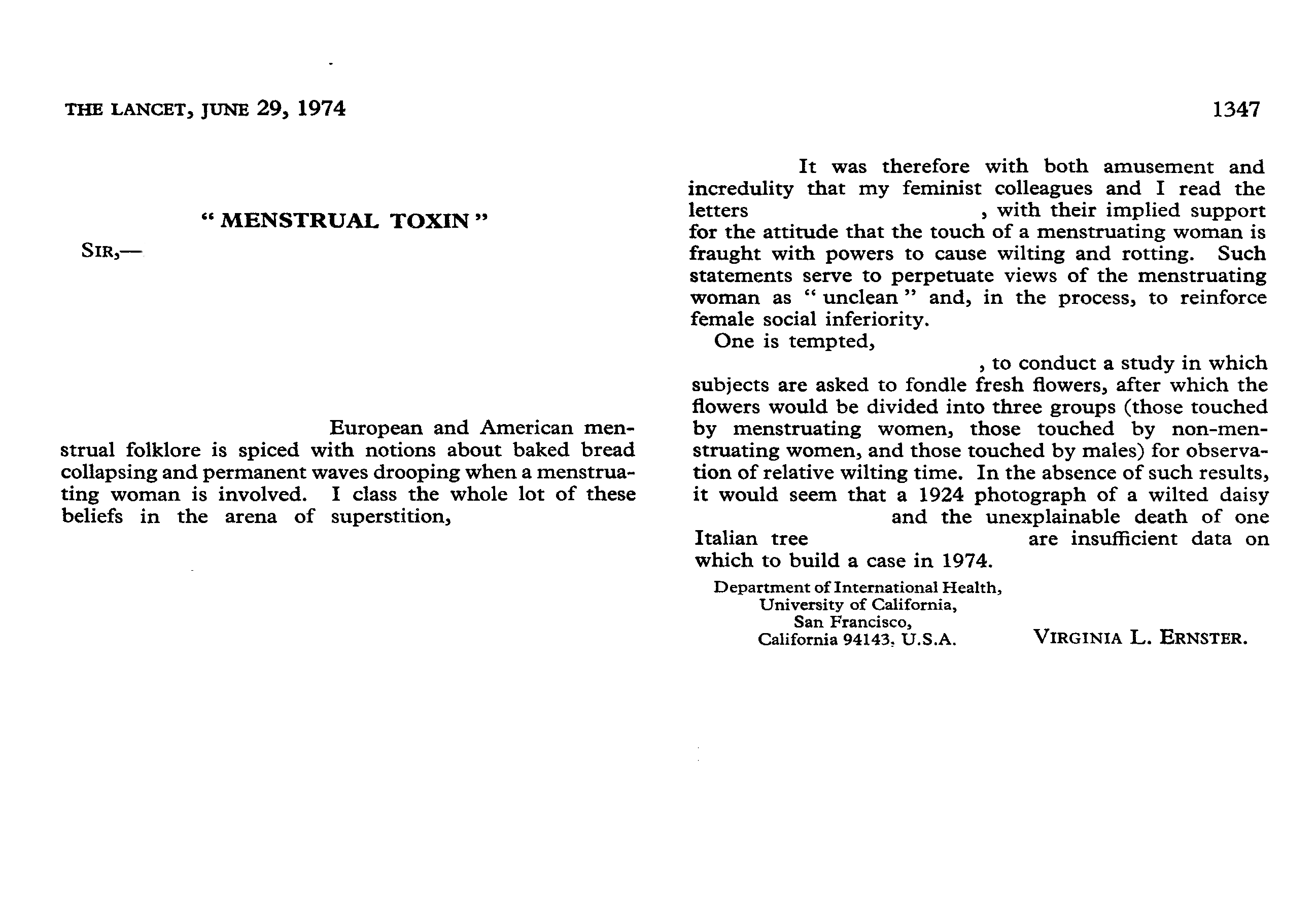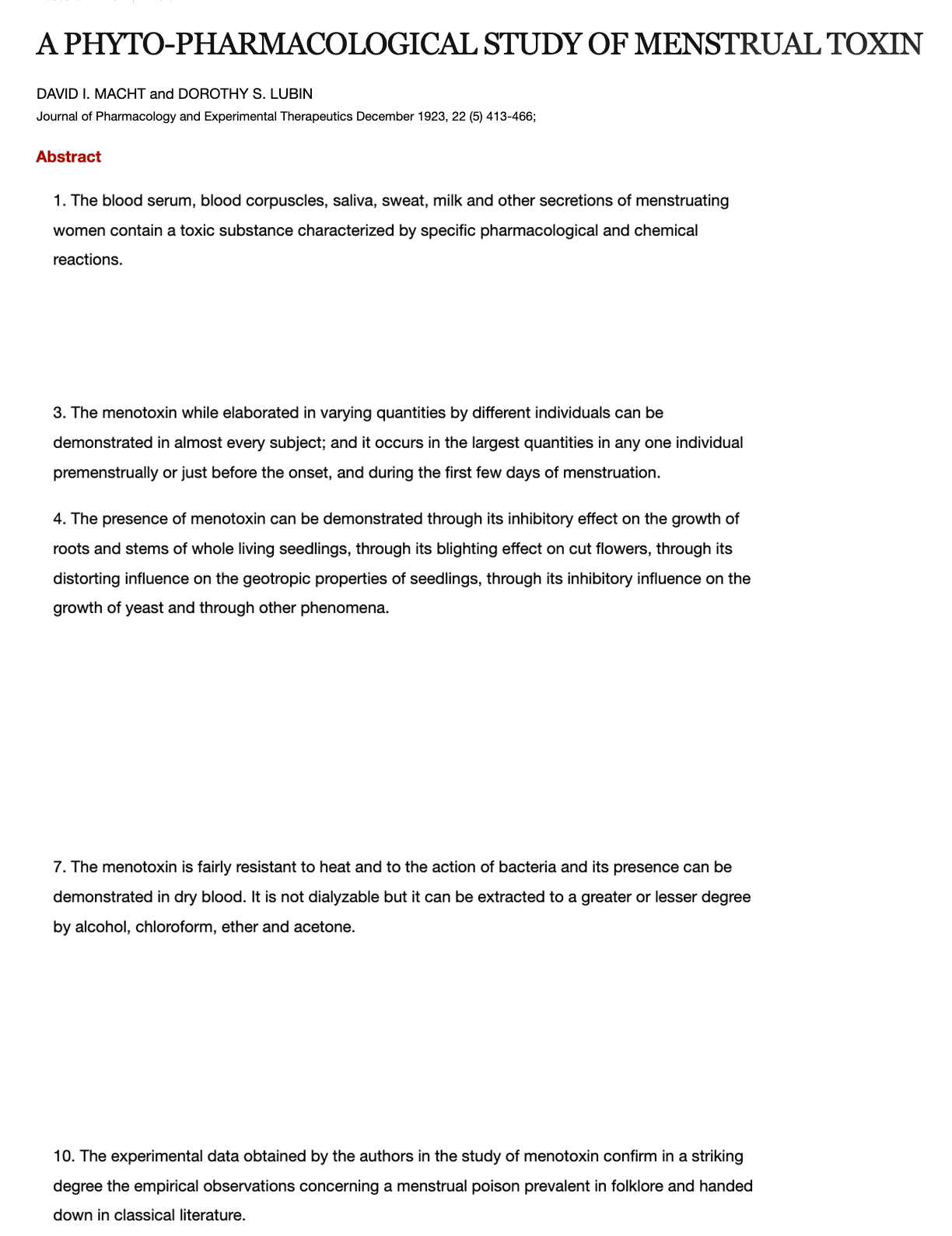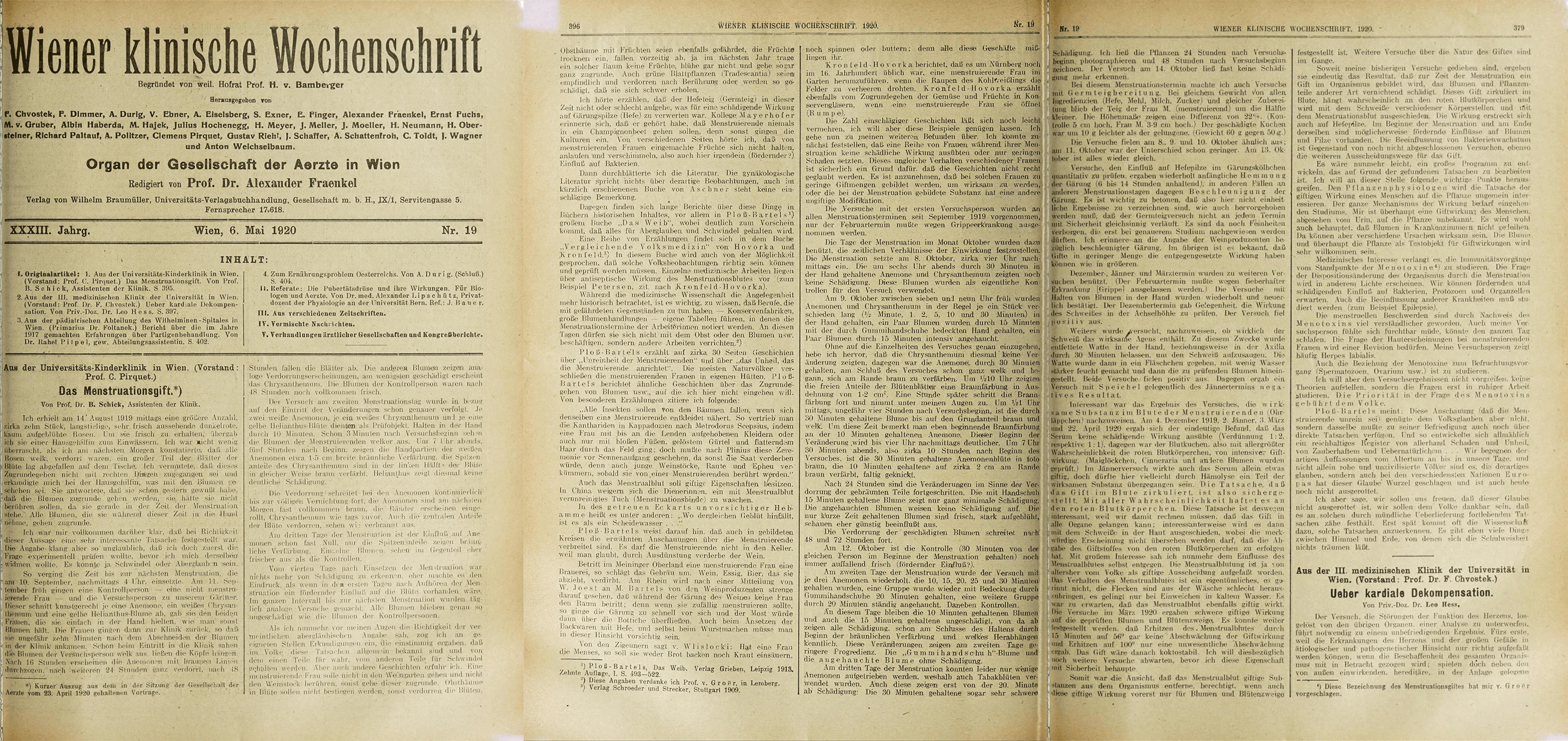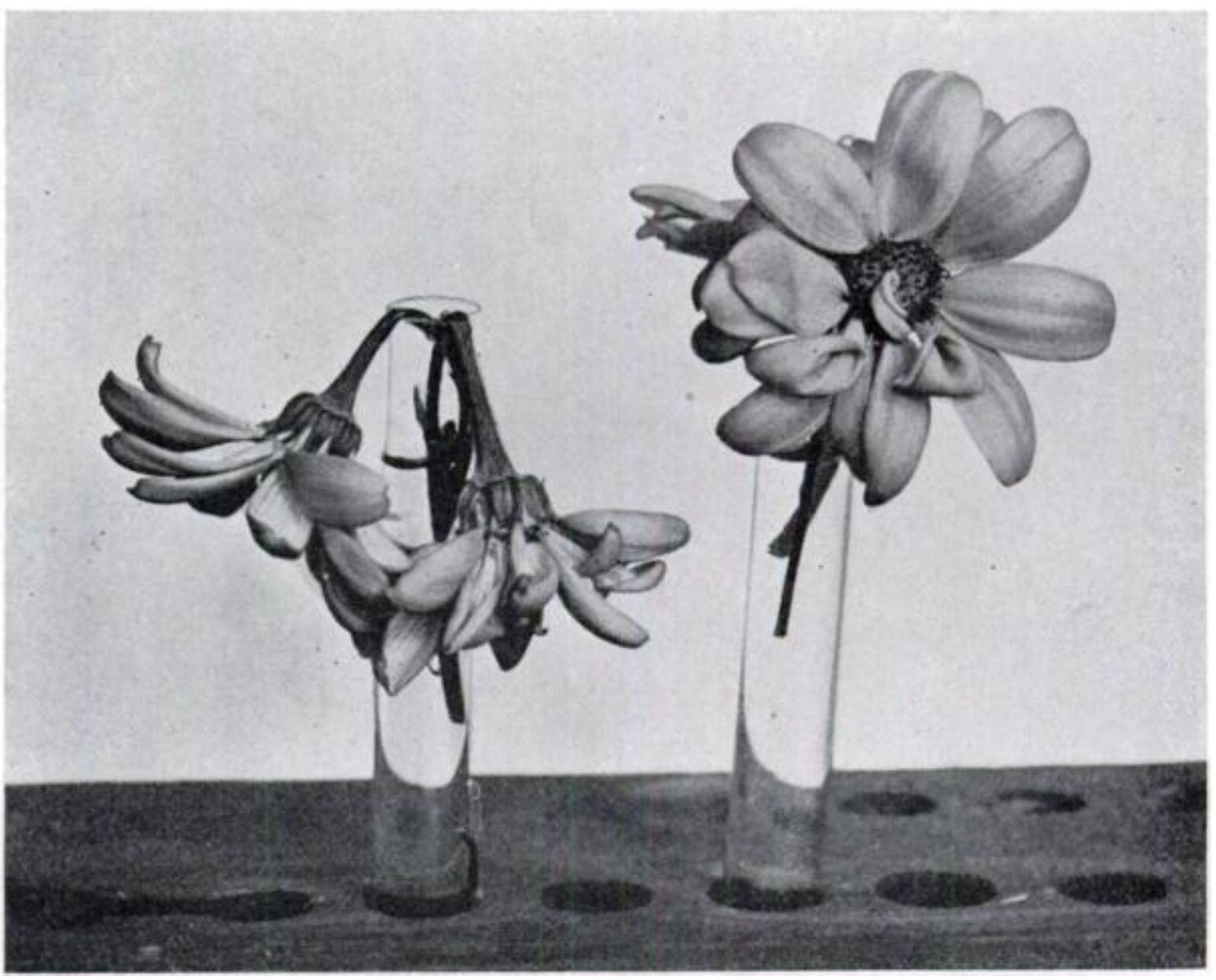LeftArticle by Dr. Schick describing his discovery of 'Menotoxin'. Right 'Menotoxin' as subsequently discussed in scientific journals. Copyright restrictions prevent me from showing these in full.

Menotoxic Tulips
In the 1920s, four centuries after Paracelsus declared menstrual blood to be one of nature's most toxic substances, Dr. Béla Schick and his colleagues conducted experiments to demonstrate the presence of harmful toxins in the blood of menstruating women. Despite extensive research spanning until the late 1970s, medical professionals in the United States and Europe failed to conclusively prove this theory. Although menotoxins have been used to explain various women's health issues throughout the 20th century, most modern doctors no longer consider this theory valid, though it still persists in some alternative medicine circles. Today, menstrual blood is viewed as a valuable resource for stem cell research aimed at treating neurodegenerative disorders.
My recreation of this experiment, using blood drawn from my arm vein on the first day of menstruation, revealed that the tulips in vases containing my 'menotoxic' blood survived the longest. The slideshow contrasts the experiment's documentation with images of Chenopodium vulvaria, Mercurialis perennis, and Berberis. These plants are known to actually produce trimethylamine, the toxin allegedly emanating from menstruating women.



Further Reading
David I. Macht and Dorothy S. LubinA phyto-pharmacological study of menstrual toxin, 1923
F. E. SzontághBeiträge zur Frage des Menotoxins, 1930
D. I. Macht and M. E. DavisExperimental studies, old and new, on menstrual toxin, 1934
Anna Lánczos
Zur Frage des Menotoxins, 1948
Virginia L. ErnsterMenstrual ToxinLetters to the Editor|The Lancet. Volume 303, ISSUE 7870, P1347, June 29, 1974
Philip BreedonMenstrual blood collection and stem cell extraction, 2022
Images
David I. Macht, Dorothy LubinFigure 6. The marked effect of menotoxin on cinerea, from the study A phyto-pharmacological study of menstrual toxin, 1923. Source: Wikipedia, Public Domain
Béla SchickDas Menstruationsgift, 1920. Source: Wiener klinische Wochenschrift, 6. Mai 1920, Nr. 19. Public Domain
David I. Macht and Dorothy S. LubinExtracts from the abstract of A phyto-pharmacological study of menstrual toxin, 1923. Source: Journal of Pharmacology and Experimental Therapeutics
Virginia L. ErnsterExtracts from the letter to the editor of The LancetMenstrual Toxin, 1974. Source: The Lancet
Slideshow: Menotoxin Experiment including white tulips at my home in BaselScreenshot of the German Wikipedia entrance on trimethylamineImages from the publication Giftpflanzen. Ein Handbuch für Apotheker, Ärzte, Toxikologen und Biologen by D. Frohne, H.J. Pfänder, Wissenschaftliche Verlagsgesellschaft Stuttgart, 1987
Credits
Many thanks to Alexandra Meyer
Unless stated otherwise, all audio recordings, images, videos, webdesign and audio editing featured in this website were made by Céline Manz
Proofreading by Andreas Schneitter
Font 'Adelphe' by Eugénie Bidaut
Céline Manz 2024/2025 ©














